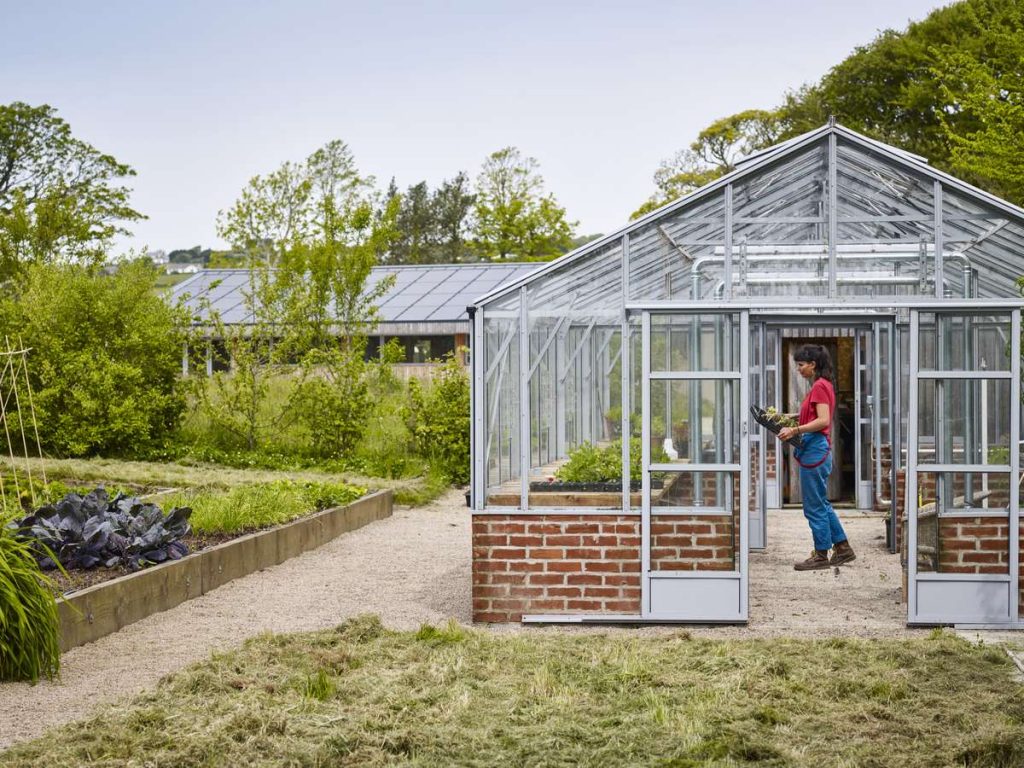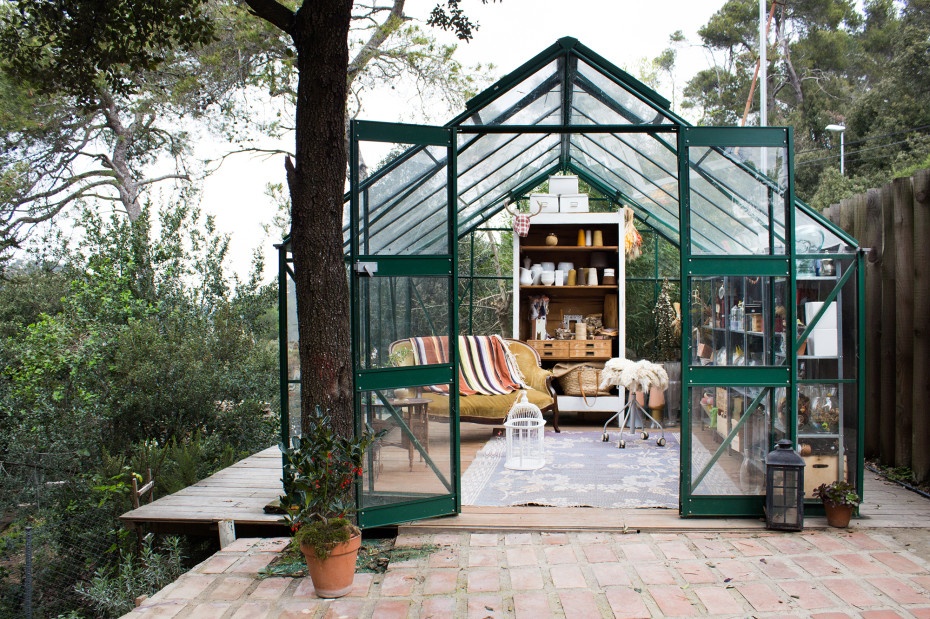6 Ways You Can Use A Greenhouse
A greenhouse is a building made of transparent walls and roofing for planting crops. Its primary goal is to regulate the climate for crops. The see-through material allows sunlight into the hothouse during the daytime to achieve this, and the soil and plants absorb the sun’s heat. On the other hand, the building not only does that but also traps this warmth inside the conservatory. By doing this, the structure remains warm even during nighttime when it’s cold outside.
Depending on your space and budget, there are various hothouse types and sizes you can consider. Many people who have limited space use a mini greenhouse. Meanwhile, larger plots can accommodate more permanent structures. With ample material, you can construct one yourself. Alternatively, you can get supplies from companies like South West Greenhouses and others specializing in such equipment.
How to Use a Hothouse
When considering greenhouse gardening, using sustainable methods of farming would be the way to go. These methods benefit the environment but still enhance productivity. An example is the usage of renewable energy sources and recyclable materials.
Having expressed an interest, how then do you use this facility? Here are six ways to effectively utilize your conservatory.
1. Consider the Proper Season
You can control the conditions in your greenhouse. But different seasons are considered best for various activities. For example, in spring, consider starting seeds using trays. In summer, grow small plants, flowers, and perennials. In the fall, grow seasonal plants. In winter, consider plants that are good with cold.
2. Accessorizing
You can add several features to your facility. It all depends on your budget and the size of the structure. The climatic conditions in your region will also determine the features you’ll need.
Unfriendly temperatures will demand the installation of fans or heating systems. Insufficient sunlight, on the other hand, will require to have a grow light.
Depending on the size, you can add tool racks, vents, benches, and shelves. Sizes that can allow this are the 8×10, 6×10,6×8, 6×6, 6×4 greenhouse, and others. Consider the space you have and what’s necessary for efficiency.
3. Pest Control
Greenhouses offer sufficient protection from pests. Even so, these animals can damage crops if you don’t inspect plants coming into the greenhouse from outside. Check for pests and diseases to discourage contamination. To enhance pest control, make sure you clean your farm tools before you bring them in.
In case of infection, spray the crops with insecticides. You can also check and remove infected plants to prevent further spread.
4. Pick A Good Location
If you want your plants to grow, they should receive at least six hours of sunlight in a day, regardless of the season. If this is difficult, you can install grow lights in the facility. Light-emitting diodes (LEDs) are what people use most commonly. These LED grow lights help with light exposure and providing necessary temperatures.
Another factor to consider is access to water and electricity. Have your conservatory near a water and electricity source. It’ll save on energy and reduce further costs.
5. Choose Suitable Styles and Materials
Greenhouses are either freestanding or leaning structures. Leaning structures have three walls. The fourth wall is that of an existing building. A free-standing structure has four walls and holds its own space.
For support, consider wood, steel, or aluminum frames, and make the foundation of concrete. Galvanized aluminum works well for crop wire. Structure covers should be from materials that allow sunlight. Such are polyester or polycarbonate plastic and glass.
6. Shading
Too much sunlight can damage crops. You can use trees around the area to provide shade. You can also buy shading sheets to help with this.
Why Invest in A Greenhouse?
If you’re looking to re-purpose your backyard, think of a greenhouse. It can either be for commercial and small-scale farming. You’ll find it quite beneficial as you’ll be promoting good health. That’s because you can avoid the use of preservatives, pesticides, and chemicals. At the same time, you’ll save costs on grocery shopping.
Some of the reasons why hothouses have become popular over the years are:
-
Environmental Control
Outdoor farming leaves a farmer vulnerable to environmental conditions that may damage their crops. Such are harsh temperatures, sunlight, humidity, carbon dioxide, and pests. Conservatories, however, allow you complete control over these factors.
There exist monitoring systems that let you manually monitor and control climatic conditions. These systems incorporate the use of sensors. The sensors alert you when set variables, such as temperature and humidity, are below or above the required amount.
The enclosure makes it difficult for birds, bugs, and pests to enter. It eliminates the use of chemicals and pesticides. You’re also able to protect your crops against bad weather. As a result, it becomes possible to produce healthy crops. You can as well predict your yield and increase profitability.
-
Extended Growth Seasons
A hothouse enables you to plant at any season. When you can control critical conditions, weather patterns become less of a concern. You can continue growing a particular crop, even when it’s off-season or when the climate isn’t friendly for the plants.
-
Increased Variety of Crops
Greenhouses provide a perfect environment for plants to grow. Having control over climatic factors allows you to plant crops that don’t grow in your region.
A strain that hothouse farmers face is the cost of setting up the structure and operational costs. However, the benefits associated with greenhouses surpass these. You can opt for cheaper materials to save on costs. Keep in mind that these will only offer temporary solutions. High-quality materials last longer.
Conclusion
There are numerous advantages tied to this kind of farming. You can control various environmental factors and extend growing seasons. You’ll also plant crops that don’t survive in your region with a hothouse. Other than that, greenhouse gardening can be a venture to explore for leisure. It can also be a great way to earn extra income.


